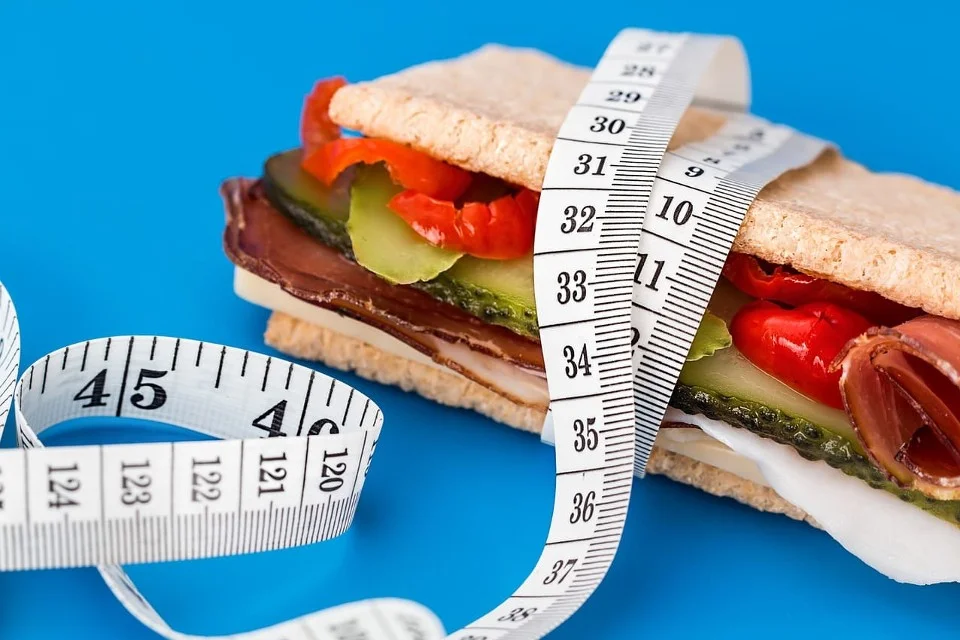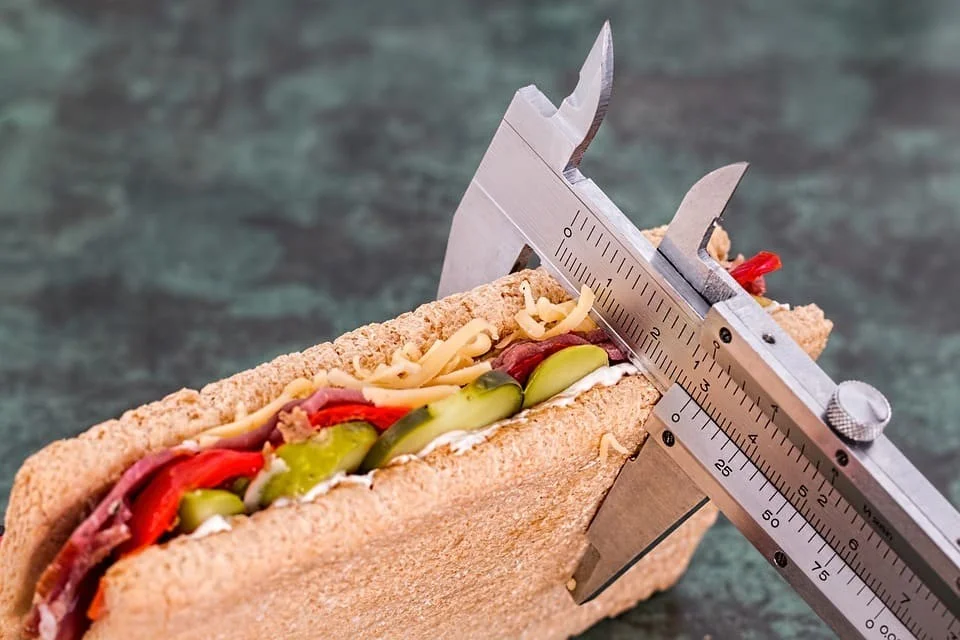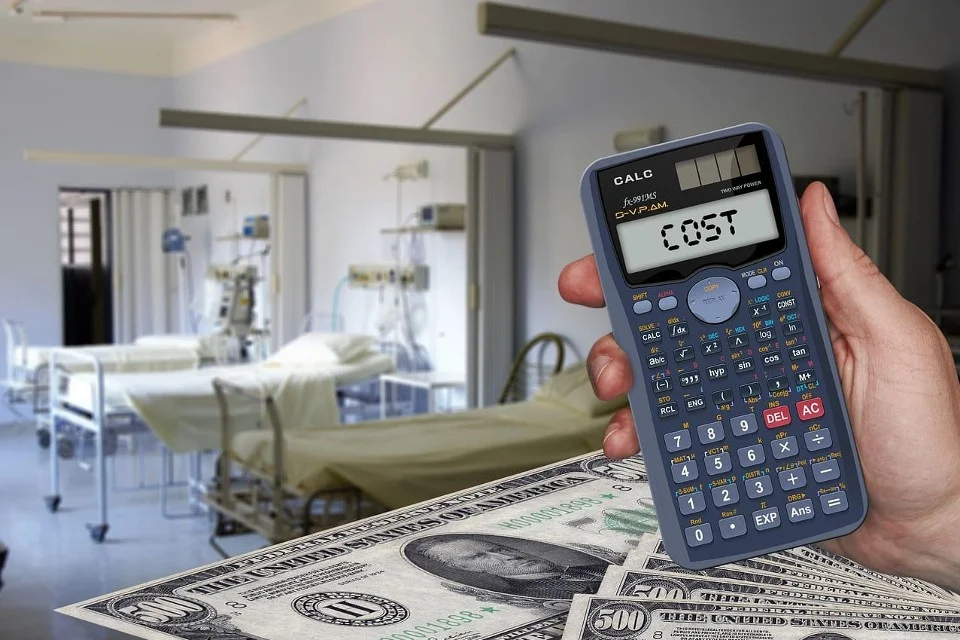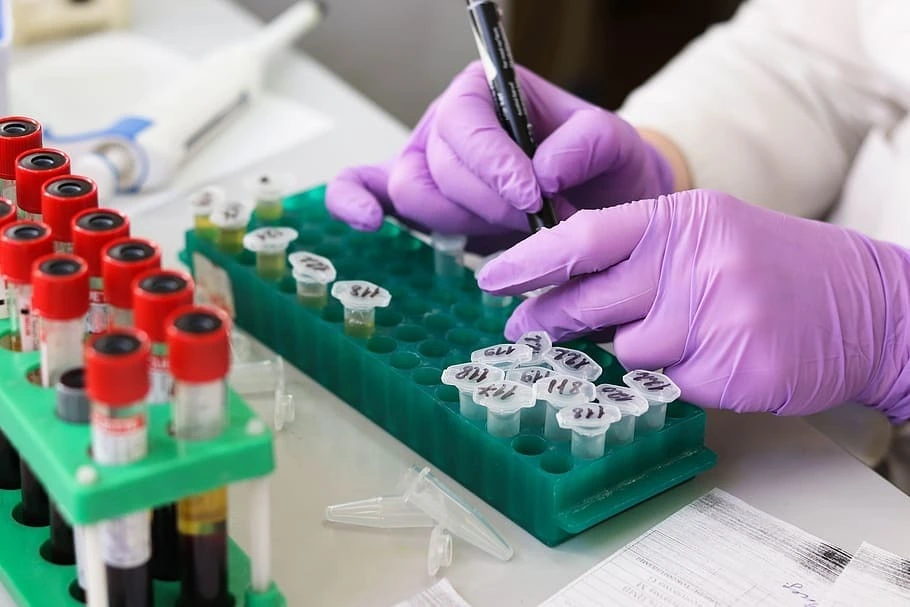How to Use Body Fat Content Calculator
FEATURES
Learning the Body Fat Content Calculator and Using It
Introduction
To achieve greater fitness and a healthier lifestyle, it is essential to comprehend one's body composition. Although the number on the scale might give you a general idea of your weight, it cannot tell you the difference between muscle and fat. A body fat content calculator can be a useful tool in this situation. This article discusses the importance of body fat %, how it's calculated, and how people may use this knowledge to reach their fitness objectives.
The Importance of Percentage Body Fat:
Body fat percentage is the ratio of the body's total mass to its amount of fat tissue. Body fat percentage offers a more accurate picture of a person's general health and fitness level than weight alone does. Numerous health problems, such as obesity, diabetes, and cardiovascular disorders, can be brought on by having an excess of body fat. However, there are health hazards associated with low body fat as well as implications for essential physical functioning.
Methods of Calculation:
Body fat percentage is determined using a variety of ways, from straightforward approaches to more intricate and precise assessments. Here are a few typical techniques:
Skinfold Measurements and Calipers:
With this procedure, calipers are used to measure the skinfold thickness at specified body sites.
Subcutaneous fat, or the fat directly beneath the skin, is then estimated using the measures.
Analysis of Bioelectrical Impedance (BIA):
The body's resistance to electrical flow is measured by BIA. Compared to muscle, fat tissue conducts electricity differently.
Through the analysis of the impedance, the apparatus calculates the body fat percentage.
DEXA, or dual-energy X-ray absorptiometry:
With the help of X-ray technology, DEXA scans can distinguish between fat, muscle, and bone to provide a comprehensive image of the body.
Although it is one of the most accurate techniques, it is frequently only used in research or clinical contexts.
Hydrostatic force Calculating:
Using this technique, body density is estimated by immersing a person in water and measuring the amount of water that is displaced.
Body fat percentage can be computed from body density.
Utilizing a Calculator for Body Fat Content:
Online calculators are easily accessible for individuals looking for a quick and convenient approach to assess their body fat percentage. In order to generate an estimate, these calculators frequently require input variables such as age, gender, weight, and even waist circumference. Even though these instruments might not be as precise as certain lab techniques, they can nonetheless provide insightful information about a person's body composition.
Interpreting the Findings:
Armed with body fat percentage data, people can more effectively customize their diet and exercise regimens. Age and gender are two examples of variables that influence the optimal range for body fat percentage. A healthy range is typically between 6-24% for men and between 16-30% for women. Because they have more muscle mass, athletes may have lower percentages.
Conclusion:
Knowing your body fat percentage is essential to leading a healthy lifestyle and keeping it that way. An increased number of people can get this information since body fat content calculators are available. Although these calculators are convenient, it's important to keep in mind that they are only estimates, and more sophisticated techniques could be required for exact measurements. Whichever approach is selected, the main goal should be to use this knowledge to make wise choices regarding nutrition, physical activity, and general wellbeing. You can attain your wellness objectives and adopt a more holistic approach to health by including body fat percentage in your exercise journey.
TOOLS
Body Fat Content Calculator
FAQ
One or more of the following tests—DEXA, Bod Pod, calipers, hydrostatic weighing, CT and MRI scans, and bioelectrical impedance scales—can be used by a physician to ascertain a patient's body fat percentage.
Twenty percent of your body weight, or 80 kg, is made up of body fat. The total quantity of body fat in kilograms (16 kg) can be calculated by multiplying the total body weight (80 kg) by the body fat percentage (20%).
The American Journal of Clinical Nutrition states that appropriate body fat percentages vary depending on age. Women should aim for 21% to 32% of body fat if they are between the ages of 20 and 39. Men ought to make up 8% to 19%. Women should make up between 23% and 33% of the population aged 40 to 59, while men should make up between 11% and 21%.
The figure shows the percentage of fat in your body weight. i.e., 8 kg of fat is equal to 10% of body weight (80 kg). You subtract the kilogram of fat from your body weight to determine your fat free mass or lean-body mass/LBM.
Many people consider it to be a healthy appearance and link it to the traditional beach physique. Vascularity and striations are less common around 8–10%, while they are still visible in specific body areas. All three rows of abs should be easily visible. The abdominal muscles are evident.
Next, divide this figure by your entire weight. Multiply 80 by 0.15, for instance, if your body fat percentage is 15% and you weigh 80 kg. Your fat mass is expressed in kilograms (800 x 0.15 = 12 kg).
Although there is no difference in the amount of fat and muscle mass, 1 kg of muscle takes up less space than 1 kg of fat: 1 kg of muscle takes up 900 ml. 1,111 ml (+23%) is occupied by 1 kilogram of fat.
In general, an average person's 1% body fat corresponds to roughly 2-4 pounds of fat. It will, however, differ based on your overall body composition and size.
Reviews
Ratings Summary:
Average Rating: 4.8
Rating Count: 12456
Existing Reviews
John Doe
Rating: 4
Great product, highly recommended!
Jane Smith
Rating: 5
Amazing service, will definitely come back.
Accurate BFP Measurement
Thank you for using our services
If you could share our website with your friends, that would be a great help









